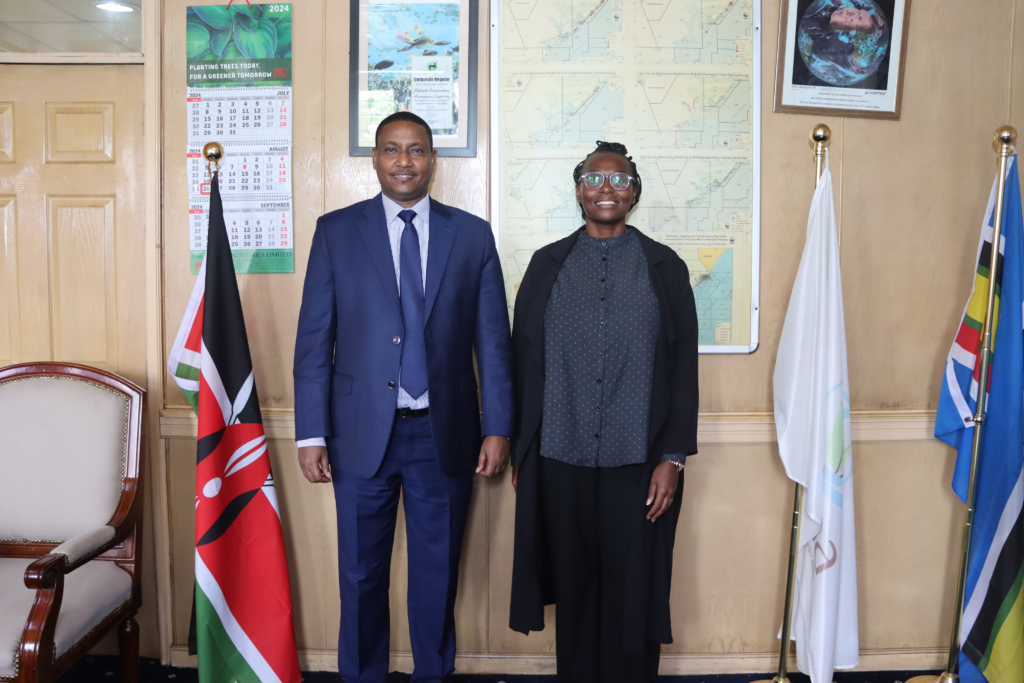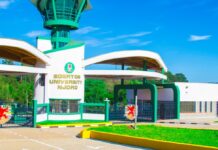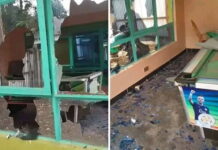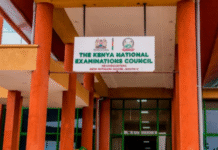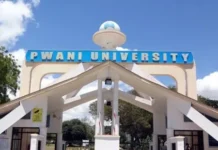The National Environment Management Authority (NEMA) today officially launched the Eastern and Southern Africa (ESA) humanitarian open street mapping project, aimed at mapping dumpsites along the Nairobi-Athi Galana Sabaki catchment.
The event took place at NEMA Headquarters and marked a significant step towards improving solid waste management in the region.
NEMA has been awarded a grant of $7,500 through the ESA Open Mapping initiative following a successful proposal titled “Mapping of Dumping Along the Nairobi-Athi-Galana-Sabaki Catchment.”
This funding is expected to facilitate comprehensive solid waste mapping and foster community development and social impact through open mapping practices.
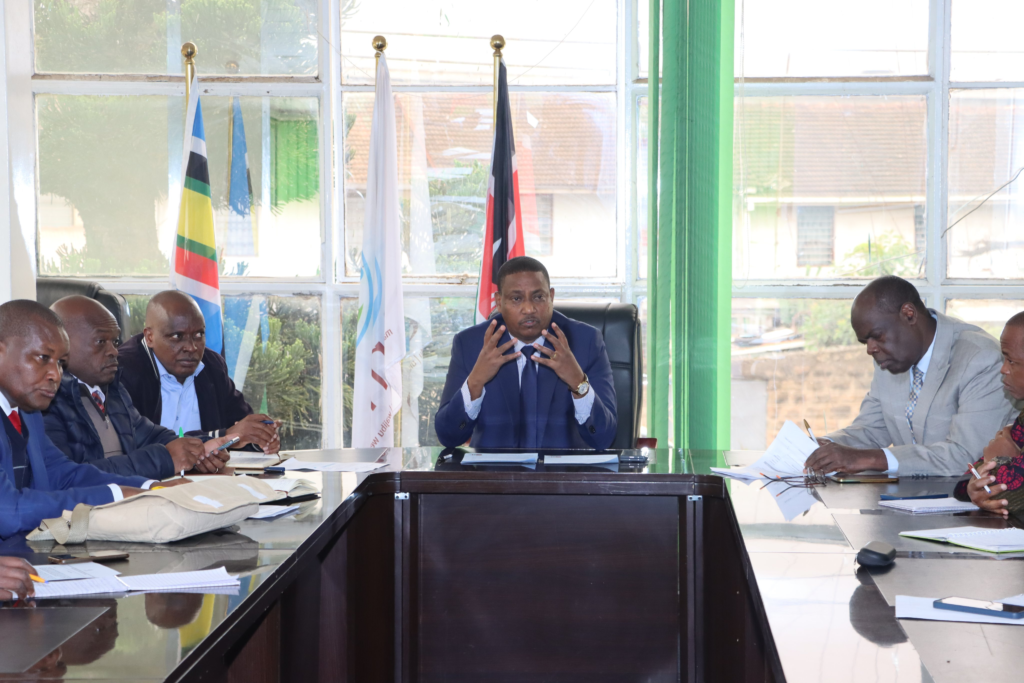
The launch was led by NEMA Director General, Mamo B. Mamo, EBS, alongside Monica Nthiga, the Regional Director of the Humanitarian Open Street Map Team (HOT).
In his remarks, Mamo emphasized the critical need for accurate mapping of waste disposal sites to tackle environmental challenges and enhance urban planning efforts.
“This project represents a groundbreaking opportunity for us to address the severe waste management issues facing our communities,” Mamo stated. “By mapping these dumpsites, we aim to implement more effective waste management strategies, improve sanitation, and protect the environment.”
Monica Nthiga echoed these sentiments, highlighting the importance of community involvement in the mapping project. She remarked,
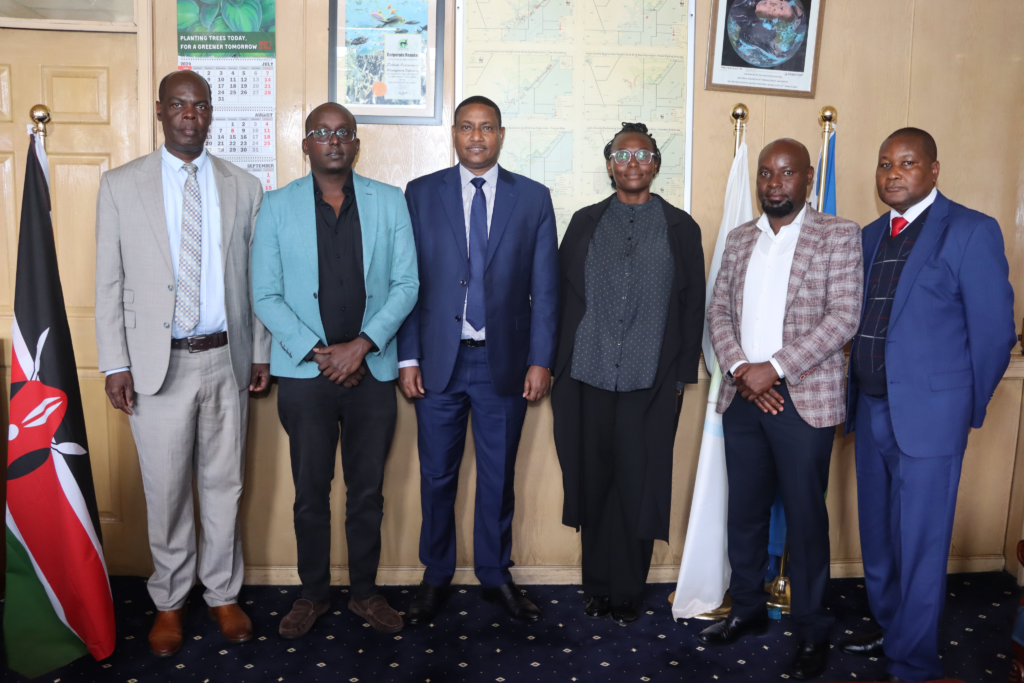
“This initiative goes beyond simply identifying dumpsites; it empowers local communities to take active roles in managing their environments. Open mapping is a collaborative effort, and we encourage citizens to engage in data collection to ensure comprehensive and accurate maps.”
The ESA humanitarian open street mapping project is designed not only to improve waste management practices but also to promote transparency and accessibility of environmental data. By leveraging technology and community engagement, the project aims to create a sustainable framework for handling waste and enhancing the quality of life in affected areas.
